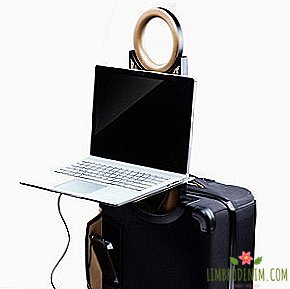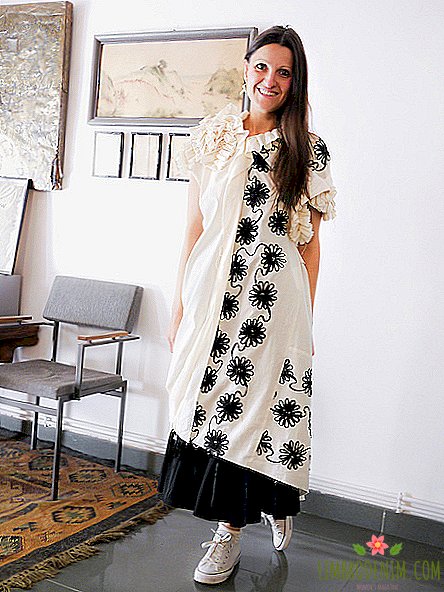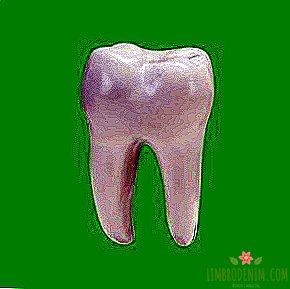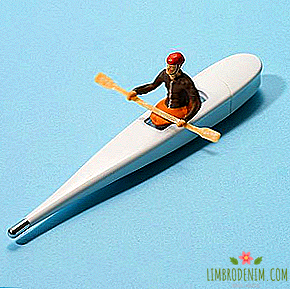Wear glasses: How and why to protect your eyes from sunlight
Few people buy Sunglasses to help health - they have long been transferred to the status of a fashion accessory: beautiful, comfortable, but not at all mandatory. Sometimes we forget that we really need sunglasses: our eyes, like nothing else, must be protected from rays, dust and other factors. We tried to figure out exactly how glasses protect eyes and why low-quality ones can even be dangerous.

How is the sun dangerous for the eyes?
To understand why hide your eyes at all, you need to figure out what is shining in them - and how it threatens. The solar spectrum includes ultraviolet, visible and infrared radiation. Infrared does not cause any damage to the eyes, but the UV and visible can cause trouble. Ultraviolet rays damage various biological molecules, including protein and DNA. When collagen is damaged (it is also a skin protein), the processes usually associated with aging, such as loss of elasticity and sagging, are accelerated, and if DNA structure is disturbed, dangerous oncological diseases, including melanoma, can develop. This also applies to the eyes: the risks associated with excessive exposure to sunlight include accelerated wear and tear of the central regions of the retina, leading to visual impairment, and even melanoma of the eye, a rare but lethal tumor that quickly metastasizes and is currently incurable.
And that's not all: ultraviolet can cause photokeratitis (corneal inflammation), snow blindness (conjunctival burn and cornea), retinal burn (with a significant pupil dilation behind dark glasses lenses), solar retinopathy and "dry eye" syndrome. With regard to visible radiation, it (especially the light of the blue spectrum) can impair visual acuity and provoke symptoms of visual fatigue - so when you sit at the computer so often your eyes get tired. Finally, in certain sports it is important that the glasses protect the eyes mechanically; if you suffer from seasonal allergies or you just have sensitive eyes, then you should protect them from pollen and dust.
It is easy to protect the skin from radiation - it’s enough not to be lazy and use cosmetics with SPF all year round; eyes can only be protected by glasses with a high-quality filter that does not allow UV light to pass through. The main thing to remember: dark - does not mean sun protection. At the departments of ophthalmology, students are often told a story that occurred in the eighties in Odessa: someone brought a large batch of dark glasses without a UV filter, and it turned out that almost all of them went to the taxi drivers. After a couple of weeks, they reached into the ophthalmology rooms. The accessory did much more harm than good: the hapless taxi drivers earned a retinal burn. In the dark, the pupil expands, so that much more sunshine strikes the retina than usual - and if we are talking about glasses without protection, the sad fate awaits the eyes.
How can glasses help?
The lenses of quality glasses can be made of glass or polycarbonate; Each of these materials has advantages and disadvantages, but both, when properly manufactured, reliably block ultraviolet radiation. Glass is harder to scratch, besides it is still the most transparent material known to mankind - this is precisely why it is still used in microscopes, cameras or binoculars. On the other hand, glass itself does not block type A ultraviolet radiation, so glasses need additional coating; besides, the glasses come out heavy, easily misting up and can break.
Polycarbonate lenses are ten times stronger than glass or ordinary plastic, which makes them ideal for children and athletes; they are lighter and thinner than glass and block 100% ultraviolet radiation. True, polycarbonate is easy to scratch and it is not as transparent as glass - it happens that the objects in such glasses seem to be not clear enough. There are other materials for special glasses - for example, impact-resistant Tribrid and Trivex, the lenses of which are inserted into glasses for skiing or snowboarding.
Additional protection against ultraviolet radiation provides either a coating or the addition of certain chemicals to glass or polycarbonate at the manufacturing stage. Although the material itself blocks ultraviolet light, in dark glasses it is trite to your eyes more comfortable - they are less tired from the rays of the visible spectrum. As common sense suggests, the darker the lenses, the more they are suitable for sunny days - and vice versa, wearing yellow or pink glasses will be pleasant in cloudy or foggy weather.

How to choose the degree of protection?
The lenses are divided into five types according to the degree of protection: very bright transmit 80-100% of the light and are suitable for use in the city in cloudy weather (category 0-1), and dark transmit only 3-8% of the light and can be used, for example, high in mountains (category 4). For a trip to the sea are usually suitable lenses that transmit 18-43% of the light (category 2-3). Points must be absolutely transparent, so that they clearly distinguish objects at different distances. For good glasses, a label is always attached, which indicates the percentage of blocking of UVA and UVB and the category of protection. Sometimes indicate where points can be used - in the city, at sea or in the mountains. It is important that you cannot drive a car in category 4 glasses - and this should also be written.
There are photochromic lenses, which are also called "chameleons" - they react to the intensity of light and change the degree of darkening, becoming dark in bright sunlight and almost transparent in the room. True, these glasses need to be changed regularly, because photochromic "agents" wear out quickly and darkening becomes weak.
Is there any sense in cheap glasses?
Unfortunately, it is almost impossible to verify the authenticity of the UV protection in a display case with glasses - it remains to trust the label. It should indicate the presence of UVB and UVA blocking - although the added complexity is that labeling standards are not mandatory, and whether the manufacturer decides whether or not to comply with them or not; even the FDA manual is a recommendation. One of the exceptions is Australia and New Zealand, where insolation risks are particularly serious, and any sunglasses should be tested and labeled in accordance with a mandatory standard.
Anyway, it is better to choose glasses, which indicate the maximum degree of protection - for example, in percents (80-100%). Sometimes it is written on the label that glasses do not transmit light with a wavelength of up to 400 nm - this is equivalent to a complete block. The European Standard (CE) can also be specified with the numbers 0, 2, 6 or 7, where 0 is zero protection and 7 is complete. If there is an ultraviolet lamp at home, then in the existing glasses you can carry out a simple check: shine a lamp through glasses on banknotes. If the lens material does not allow UV light, then you will not see the watermark.
A pleasant fact is that even cheap glasses can protect from the sun, if they are made of adequate materials and certified. It turns out that you can buy glasses from the mass market to protect your eyes if you are sure of the quality of the glass; This is the best choice for the beach - they will not be sorry for losing or scratching with sand.
Photo: Ambush Design, Article One Eyewear





